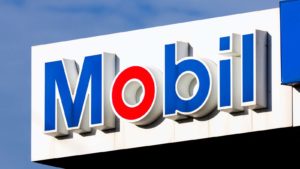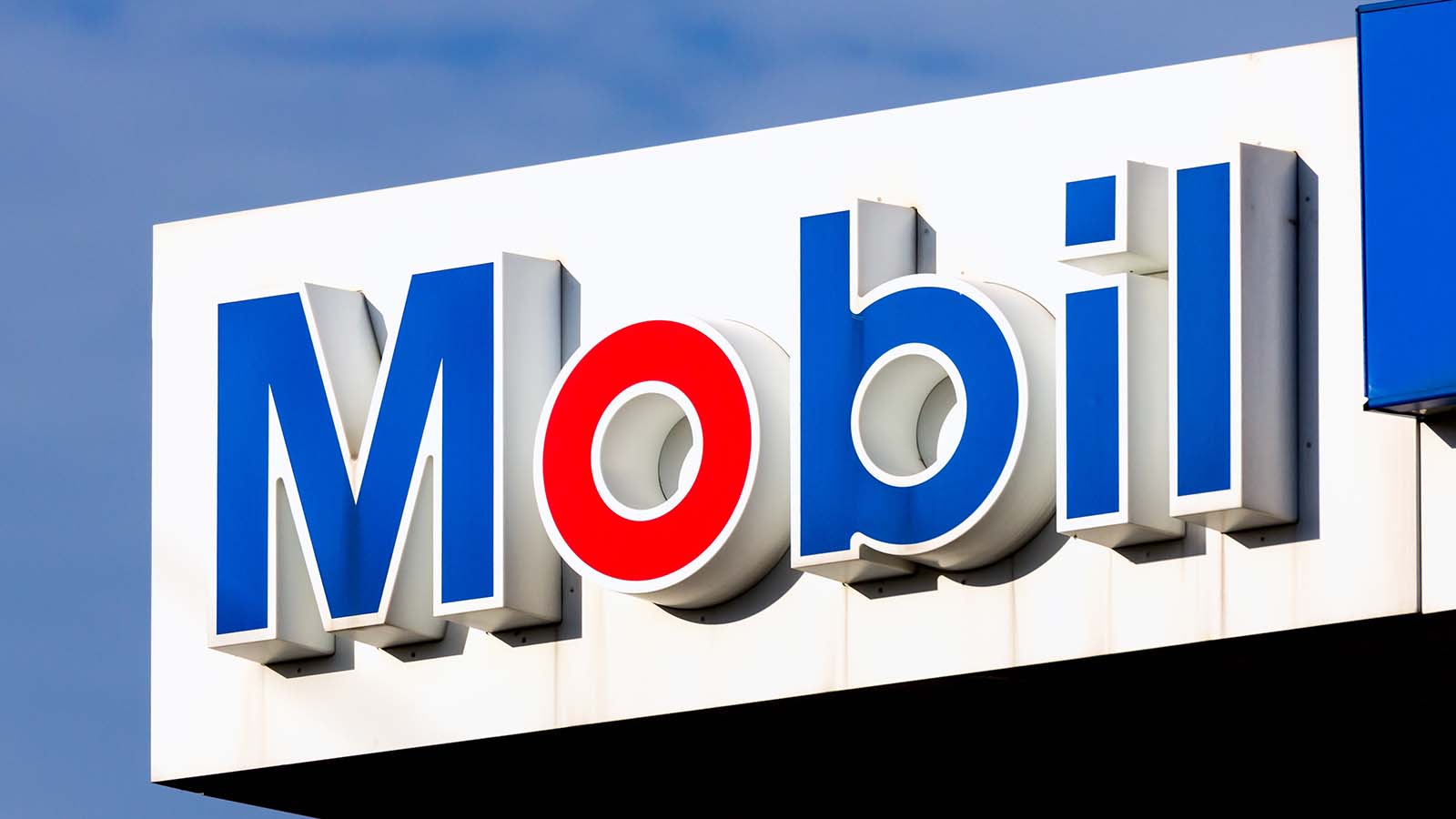If you’re a novice at dividend investing, Exxon Mobil (NYSE:XOM) stock and its larger-than-life 10% payout may make your mouth water.

After all, you might (wrongly) reason, what could be bad about chasing a big yield when the company in question is Exxon, a company with a $130 billion market capitalization that’s stable enough to be one of the 30 companies that make up the Dow Jones Industrial Average?
As it turns out, everything. That dividend is the only thing positive that XOM stock has going for it these days. And even that doesn’t make Exxon a good growth stock in today’s market.
Let’s take a closer look at the mess in which Exxon has found itself.
Exxon Mobil Stock at a Glance
Even when taking into account the market selloff over the coronavirus from China, you would be hard-pressed to find a chart as ugly as Exxon’s. XOM stock is down 55% year-to-date and down 65% since October 2018.
The company reported its fourth-quarter 2019 earnings on Jan. 31, in which it recorded earnings per share of 41 cents versus $1.41 in the same quarter of 2018. Analysts had expected EPS of 43 cents.
Revenue came in at $67.2 billion, or about 6.6% lower than the same quarter in 2018. Analysts had expected revenue of $64.2 billion.
Looking at Exxon’s balance sheet, you’ll see that the company is carrying a whopping $47 billion in debt, along with liabilities of $163 billion on assets of $362 billion. Those numbers have scarcely moved in the last four years, but its free cash flow is another matter. Exxon finished 2019 with FCF of $5.4 billion, which is down substantially from the $16.4 billion FCF it had in 2018.

In the last four years, Exxon’s annual production has been nearly flat, moving from 4.05 million barrels of oil in 2016 to 3.95 million barrels last year.
The Oil Price War Is Awful for XOM Stock
Exxon had its annual investor day presentation on March 5 — just one day before Russia and Saudi Arabia launched an oil price war that absolutely gutted oil prices.
But there are still some interesting tidbits that we can take away from that presentation as we look at XOM stock in a new light.
Exxon’s three major oil segments — the Permian Basin assets, its Guyana and Brazil deepwater assets, and its PNG and Mozambique LNG assets — are expected to provide more than half of Exxon’s production by the late 2020s.
The company said its Permian Basin holdings have roughly 10 billion barrels, and it’s increased its production there from 50,000 barrels per day in 2015 to 250,000 last year. Exxon told investors it plans to produce 400,000 barrels per day from there this year and increase it to 1 million barrels by 2024. If oil stays above $35 per barrel, its profit should be greater than 10%.
Well, that all sounded OK at the time. Then the oil price war kicked in.
Oil prices are now close to $30 per barrel and show no signs of increasing. To make matters worse, the Russian-Saudi price war means that Saudi Arabia’s state-owned oil company, Saudi Aramco, is increasing production by 10 million barrels a day while offering heavily discounted oil in an attempt to win over new buyers.
That’s a huge threat to Exxon’s long-term bottom line.
Exxon Can’t Sustain Its Dividend
Like everyone else, I like a good dividend stock. Dividends are important for investors to bring in some quarterly revenue that they can use as a reliable income stream. Or, even better, younger investors can re-invest dividends to grow their portfolios even faster.
But there are huge red flags when it comes to Exxon’s dividend.
At 10%, Exxon is paying out $3.48 per year as a company with a stock price of $32 per share. But with its weakened free cash flow, it will be extremely difficult — if not impossible — for Exxon to pay out its dividend without incurring more debt.
Citigroup analyst Alastair Syme says Exxon needs international crude prices to be about $100 per barrel for Exxon to cover its normal spending and still pay out its dividend.
There’s no point in offering a huge dividend if you can’t sustain it over the long run. And that’s exactly the situation that Exxon finds itself in today. Exxon has been one of the best companies on Wall Street for a long time, and even as recently as 2008 was the largest company in the U.S.
But the past is the past, and investors need to look toward the future.
Patrick Sanders is a freelance writer and editor in Maryland, and from 2015 to 2019 was head of the investment advice section at U.S. News & World Report. Follow him on Twitter at @1patricksanders. As of this writing, he did not hold a position in any of the aforementioned securities.
